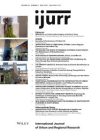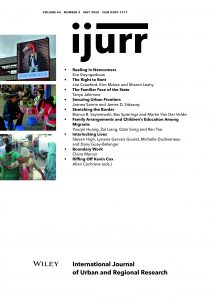This article explores the relationship between employment mobility, family fixity, and gentrification in the lives of 36 residents in and extended commuters to Montreal’s southwest borough. Once described as the birthplace of industry in Canada, the neighbourhoods of Saint‐Henri, Little Burgundy and Point Saint‐Charles have undergone sweeping changes in recent decades. Inner‐city areas are not necessarily where one expects to find mobile workers, but this is changing due to shifting gender roles, the rise of dual‐income households and gentrification. Michael Savage’s concept of ‘elective belonging’ proved particularly useful in understanding this connection. With its proximity to childcare, schools, stores and workplaces, the central city permits a more equitable division of labour within the household. Our place‐based approach to mobile work enables us to capture a wide spectrum of experience, ranging from people with extended daily commutes to those whose work takes them away from home for days, weeks or months at a time. Our interviews reveal a connection between employment mobility and family gentrification, as upwardly mobile families find ways to localize other aspects of their lives. The simultaneity of mobility and immobility are often essential, especially in dual‐income households. One parent’s mobility often leads to the relative immobility of other family members.
Details
Written by:
Steven High, Lysiane Gervais Goulet, Michelle Duchesneau & Dany Guay‐Bélanger
Digital Object Identifier (DOI)
10.1111/1468-2427.12728
About DOI

